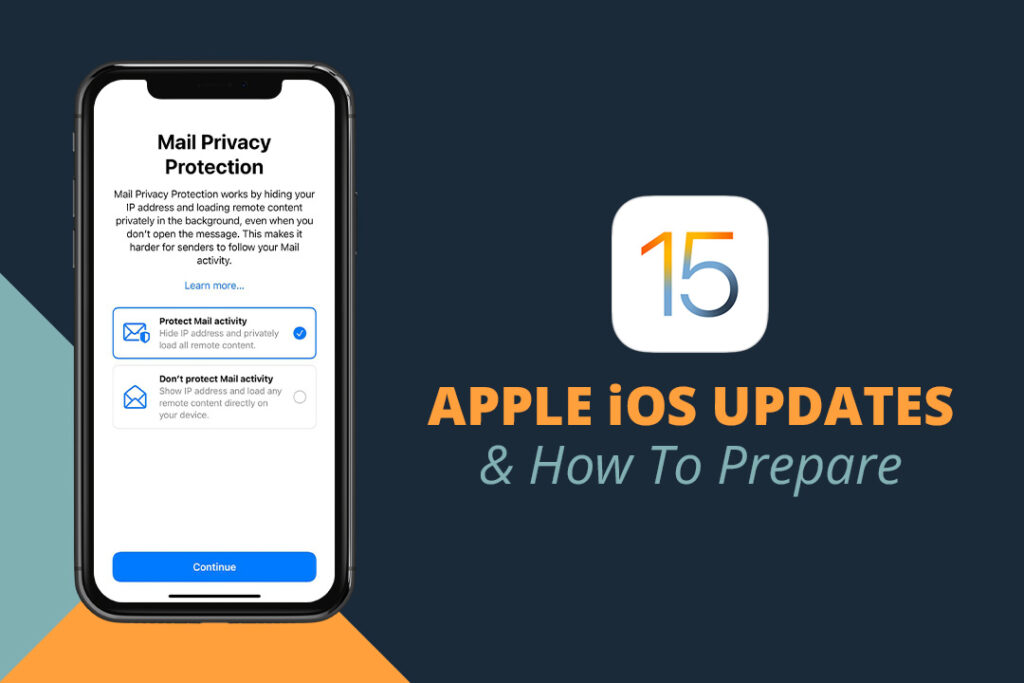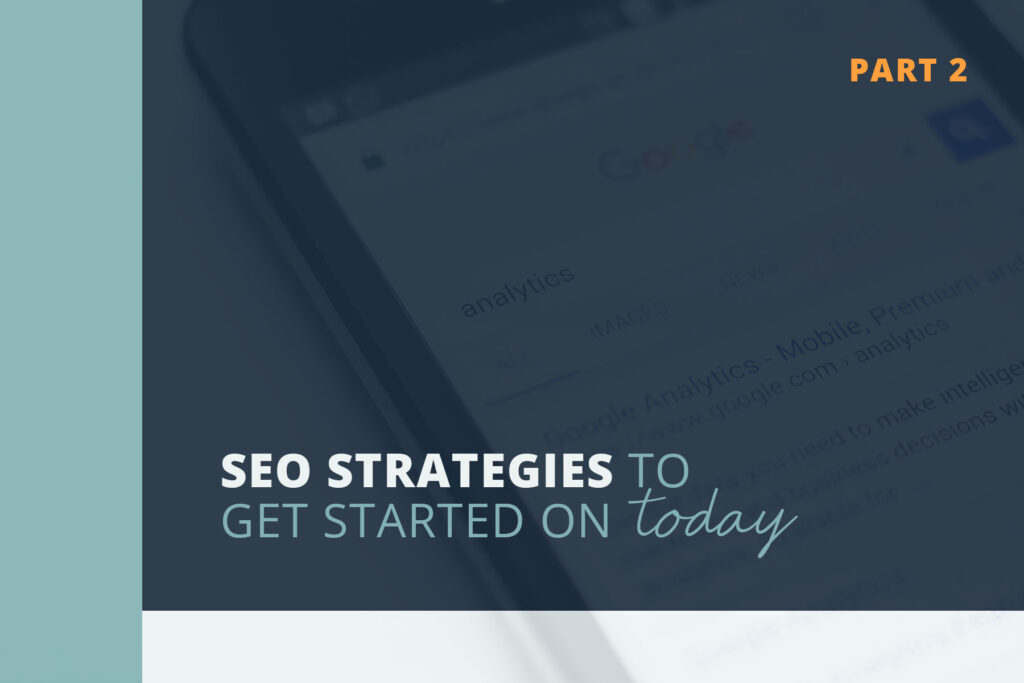In our first post of our Privacy First series we highlighted changes Google is making to Chrome and Chromium based browsers by ending third-party cookie tracking. We also highlighted the following from Pew Research Center:
72% of people feel that almost all of what they do online is being tracked by advertisers, technology firms or other companies, and 81% say that the potential risks they face because of data collection outweigh the benefits.
Consumers are clearly concerned about marketers and publishers knowing too much about them. You may have already noticed the effects of Apple and Facebook’s privacy changes over the last few weeks and months, depending on your smartphone and recent software updates.
Apple’s privacy enhancements have already taken place with their most recent iOS 14.5 update. Whether you are an iPhone, iPad or tvOS user you have probably experienced these changes already. Here is what you will see with Apple’s latest iOS update.
App Tracking Transparency lets users control which apps are allowed to track their activity across other companies’ apps and websites for ads or sharing with data publishers.

Notice the update only requires apps to be more open with how they track users across other apps and websites outside of their own.
This is one of many updates coming from Apple. In a recent press release, Apple announced what to expect with their iOS 15 update, which is being rolled out now. This will be a big turning point for email and brand marketers.
The iOS 15 update will grant users more control over their personal data allowing them to limit data sharing, ultimately impacting marketers. In particular, iOS’s 15 Mail Privacy Protection, will impact marketers, agencies and brands the most. This will allow Apple users to hide their email addresses, hide IP addresses and turn off open rate tracking.
While this update will only affect Apple users, it’s important to note that iPhone-based Apple Mail represents nearly a 40% share of email clients, according to Sparkpost.
The biggest takeaway from the now released update is that users can turn off open rate tracking and IP’s can be hidden. Here’s what that means:
If a consumer turns off open rate tracking, all emails opened through Apple Mail will be marked as “open” regardless if they actually did open them. When a consumer hides their IP address, marketers and brands won’t be able to link online activity or determine consumer locations resulting in IP address reporting showing a much broader user location.
With these changes, email marketers should adapt their strategies and reporting to anticipate potential disruptions.
What you can do now to prepare:
- Determine how much of your audience uses Apple Mail.
- A/B test subject lines, content, copy and creative to determine what’s most compelling to them.
- Start tracking click-through rates over delivered, if you aren’t already – this will help set a new baseline for campaign success moving forward.
- Clean your lists now to remove inactive subscribers since you won’t be able to use open rate information post iOS update.
How to adapt post iOS 15 rollout:
- Focus on click-through rates instead of open rates. If your click-through rate is low, re-evaluate your content to determine if it’s compelling for your subscribers.
- Marketers using automations and customer journey emails will need to adjust sequence triggers.
- Look to new channels such as SMS and push notifications to engage with your customers.
As marketers, we are experiencing big shifts in the industry to meet the needs of consumer privacy. Apple’s latest updates and announcements are not the only privacy changes impacting digital marketers, Facebook is closely following suit. Stay tuned for our next Data Privacy blog on what to expect from Facebook’s privacy changes.



